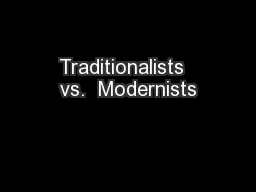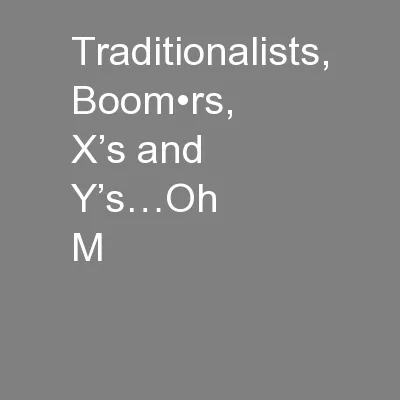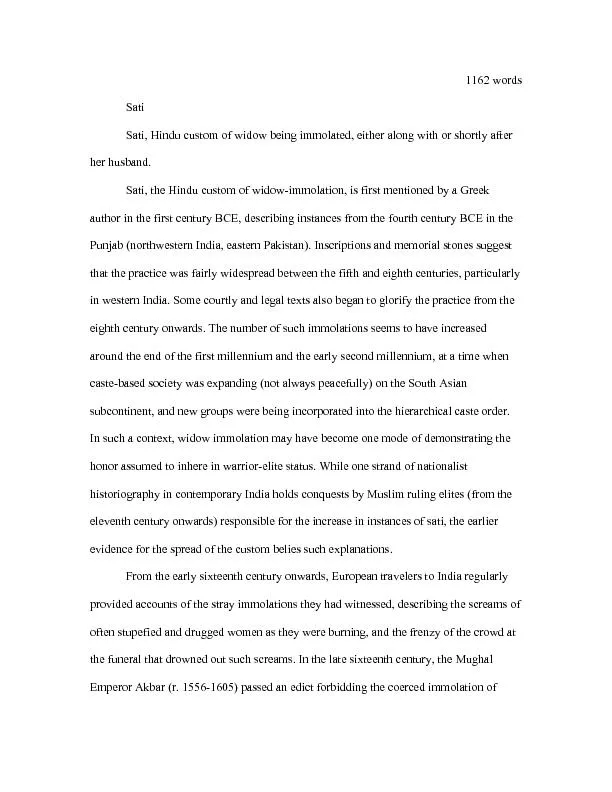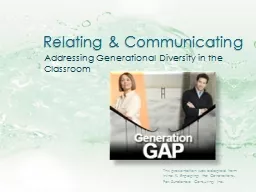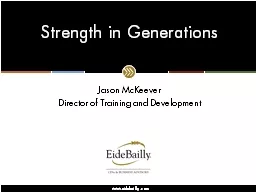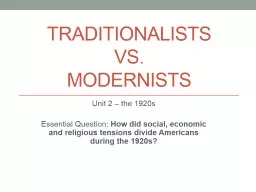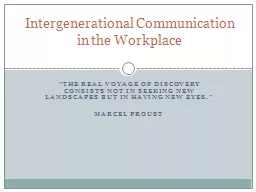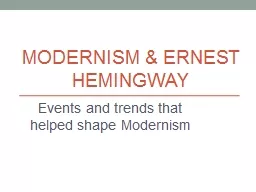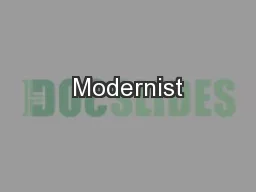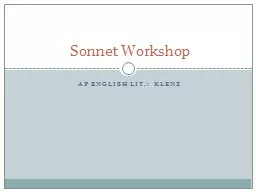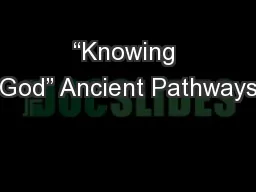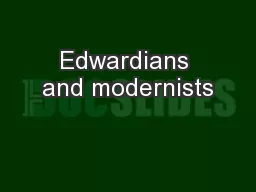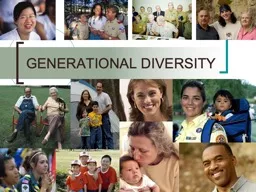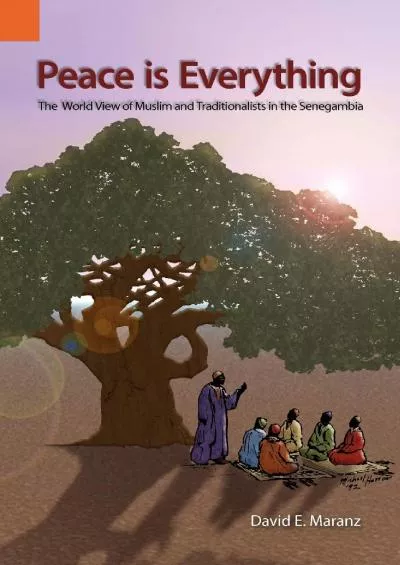PPT-Traditionalists vs. Modernists
Author : tatiana-dople | Published Date : 2018-09-30
Unit II the 1920s Essential Question How did social economic and religious tensions divide Americans during the 1920s Essential Question How did social economic
Presentation Embed Code
Download Presentation
Download Presentation The PPT/PDF document "Traditionalists vs. Modernists" is the property of its rightful owner. Permission is granted to download and print the materials on this website for personal, non-commercial use only, and to display it on your personal computer provided you do not modify the materials and that you retain all copyright notices contained in the materials. By downloading content from our website, you accept the terms of this agreement.
Traditionalists vs. Modernists: Transcript
Download Rules Of Document
"Traditionalists vs. Modernists"The content belongs to its owner. You may download and print it for personal use, without modification, and keep all copyright notices. By downloading, you agree to these terms.
Related Documents

